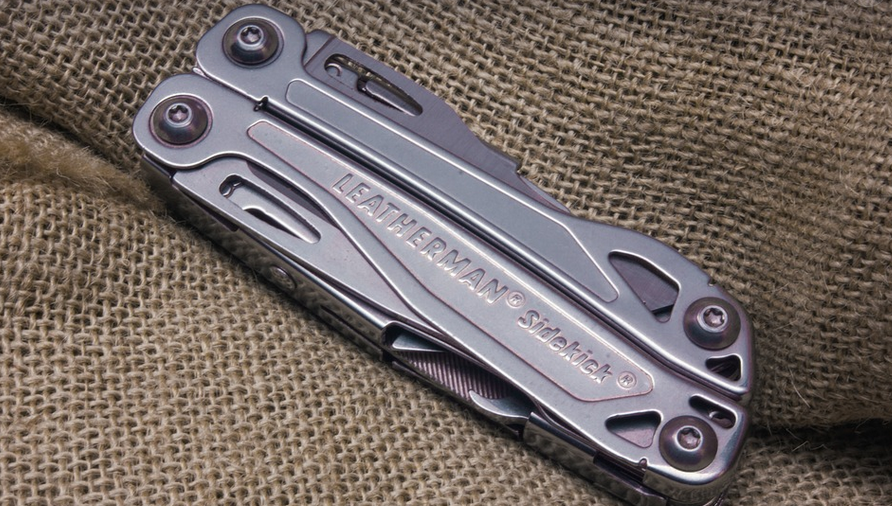
How To Sharpen Zwilling Knives: A Step-By-Step Guide
Unlocking the Potential of Your Zwilling Blades
You’ve probably heard it said, “a good knife is an artist’s best friend.” In reality, a sharp knife feels like an extension of your own hand, allowing for precise cuts and effortless culinary creations. When you own a Zwilling knife set, you’re investing in quality, craftsmanship, and that coveted sharpness edge.
But let’s face it, even the most well-maintained Zwilling knives can lose their cutting gleam over time. Just like your car tires, they require regular maintenance to keep them running smoothly. Sharpening is an essential part of knife care, especially for Zwilling blades that are renowned for their robust construction and performance.
Why Choose a Manual Sharpening Method?
While there’s no shortage of electric or automated sharpening systems out there, the thrill of manual sharpening offers a unique satisfaction that many find irresistible. It gives you control over every step, allowing you to understand your knife’s nuances and truly learn its character.
For Zwilling knives in particular, especially those with classic designs and intricate beveling, manual sharpening lets you appreciate their craftsmanship more intimately. As you work on the blade, you feel the subtle differences in how each angle contributes to the final sharpness.
Essential Tools for Your Sharpening Adventure
Before we jump into the process, let’s gather the necessary tools to embark on this journey.
- Honing Steel: This is your primary tool for maintaining a sharp edge between sharpenings. It gently realigns the blade’s bevels using a smooth and consistent motion, preventing unwanted blade “burrs.”
- Sharpening Stones: These are crucial for achieving the final sharpness. Choose a variety of grits—from coarse to fine—to progressively refine your blade’s edge.
Get to Know Your Zwilling Blade
A good starting point is understanding your knife’s specific design and construction. This will help you identify the best sharpening technique for each blade.
For example, a traditional Zwilling 8-inch chef’s knife with its signature Scandi grind might require a more aggressive approach for achieving optimal sharpness compared to a delicate paring knife with its finer bevels.
The Art of Honing: A Gentle Touch
Honing is akin to “realignment” – not about removing metal, but smoothing out micro-deviations in the blade’s angle. This gentle process ensures you maintain a consistently sharp edge between sharpenings.
Before you start honing, ensure your knife is clean and dry. Hold it securely, keeping your wrist straight and using light pressure to guide the honing steel along the entire length of the blade, from tip to heel, in smooth strokes.
Step-by-Step Guide: Sharpening a Zwilling Blade
Now that you have your tools ready, let’s explore how to sharpen your Zwilling knives!
- Prepare Your Work Area: Position a sturdy surface with ample lighting and an open space around the knife. A well-lit workspace will help you visualize the process.
- Start with Your Honing Steel: Hold your Zwilling knife at a slight angle, ensuring it’s perpendicular to the honing steel’s surface. This angle helps bring out the blade’s natural bevel, guiding it toward a more refined edge.
- Guide the Stone: Begin with a coarse stone and slowly work your way towards a finer grit. Use a consistent, firm pressure while you stroke the stone along the blade’s edges in a smooth fashion.
Sharpening Techniques for Different Zwilling Blades
Your Zwilling knives are designed for different culinary tasks. Understanding how to sharpen them specifically can help you achieve optimal results.
- Chef’s Knives: These workhorses often have a Scandi grind, which means their blades are sharper and more durable than traditional European-style knives. For this type of knife, aim for a more aggressive sharpening approach to bring out the best in their unique bevels.
- Paring Knives: These knives are designed for precise cutting, so you need finer grinds that can help with delicate tasks like peeling fruits or trimming herbs. Use a finer grit stone and focus on maintaining a smooth edge.
The Importance of Regular Maintenance
Think of sharpening as a regular check-up for your knives. It not only keeps them sharp but also helps to maintain their longevity. As you sharpen, the blade will gradually wear away at the metal, leaving behind a worn edge that can hinder performance and make it difficult to cut efficiently.
The key is consistency: Aim to hone your knives about once or twice a week. This ensures a consistent, sharp edge for effortless cutting. It also helps you maintain control over your blade’s longevity and prevents accidental chips or cracks.
Beyond the Basics: A Look at Advanced Techniques
Once you’re comfortable with the basics of sharpening, you can explore more advanced techniques to further enhance your skills. These might include using a honing wheel for finer adjustments, or experimenting with different sharpening angles to get closer to the optimal blade angle.
There are also specialized steels and strops that can help you achieve even sharper edges with greater precision. These methods require practice and patience but can offer significant improvements in your knife’s performance.
Sharpening Your Zwilling Blades: A Journey of Precision and Mastery
Sharpening a Zwilling blade is more than just removing metal; it’s about understanding the nature of your equipment, respecting its craftsmanship, and cultivating a deeper appreciation for the art and craft of cooking.
As you sharpen your knives with each passing day, you’ll find yourself developing a new respect for these tools and their potential. You’ll be amazed by the precision and control you can achieve with proper technique.